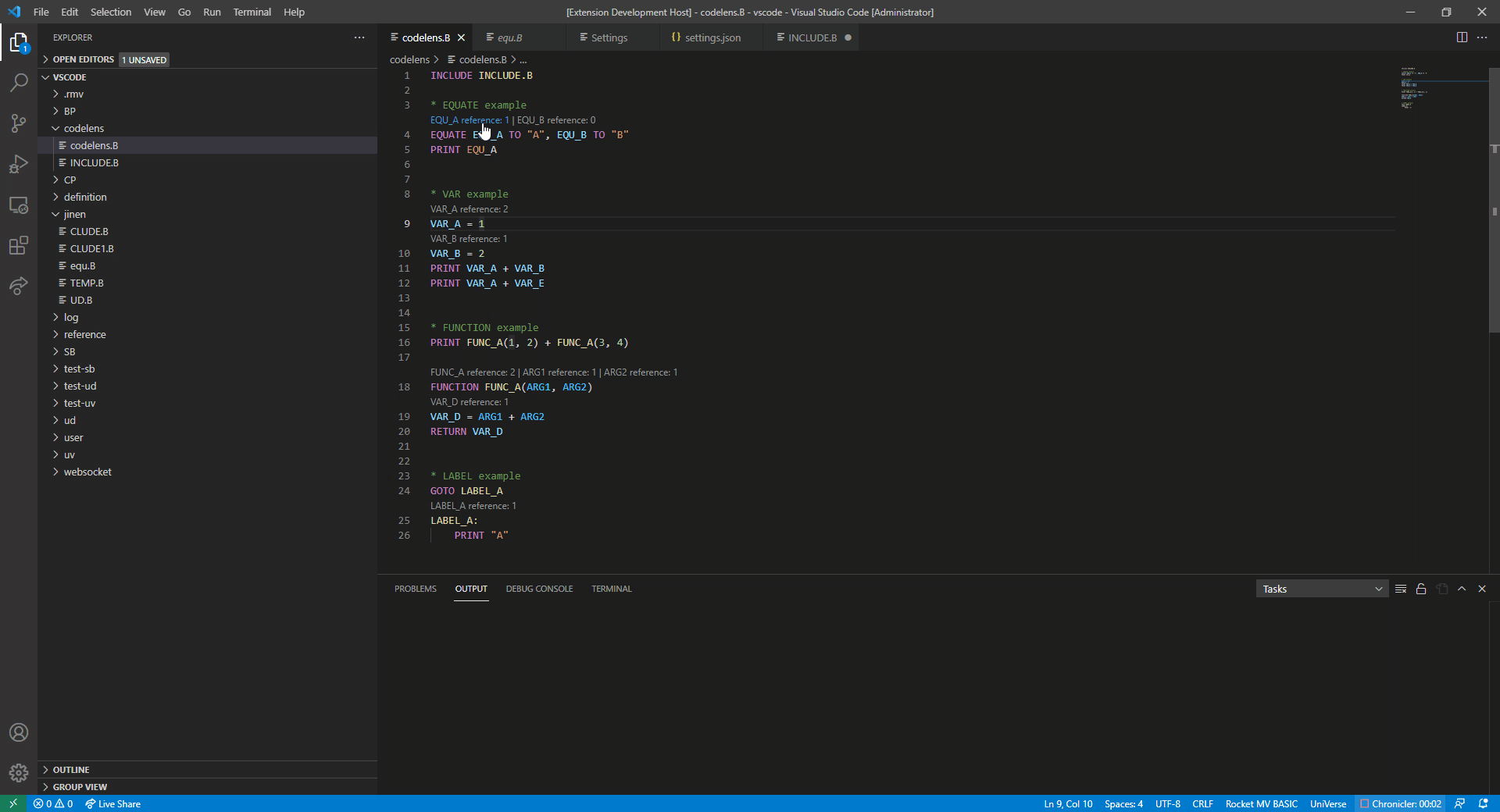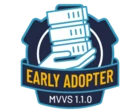New feature - "code lens" in coming release
We have recently developed the code lens feature in vs code extension and would like to share it to you.
This feature works for all basic definition statements, including: variable declarations, function declarations, equate declarations and label declarations. It also displays the number of references on these statements. Clicking on the value of a reference will display the specific reference information. See the following example for details.
Also, if you want the feature to prompt other information, or if you have other ideas or comments, please share with us.
Thanks!
------------------------------
Jingwen Li
Rocket
------------------------------
This feature works for all basic definition statements, including: variable declarations, function declarations, equate declarations and label declarations. It also displays the number of references on these statements. Clicking on the value of a reference will display the specific reference information. See the following example for details.
Also, if you want the feature to prompt other information, or if you have other ideas or comments, please share with us.
Thanks!
------------------------------
Jingwen Li
Rocket
------------------------------
Sign up
Already have an account? Login
Welcome to the Rocket Forum!
Please log in or register:
Employee Login | Registration Member Login | RegistrationEnter your E-mail address. We'll send you an e-mail with instructions to reset your password.







